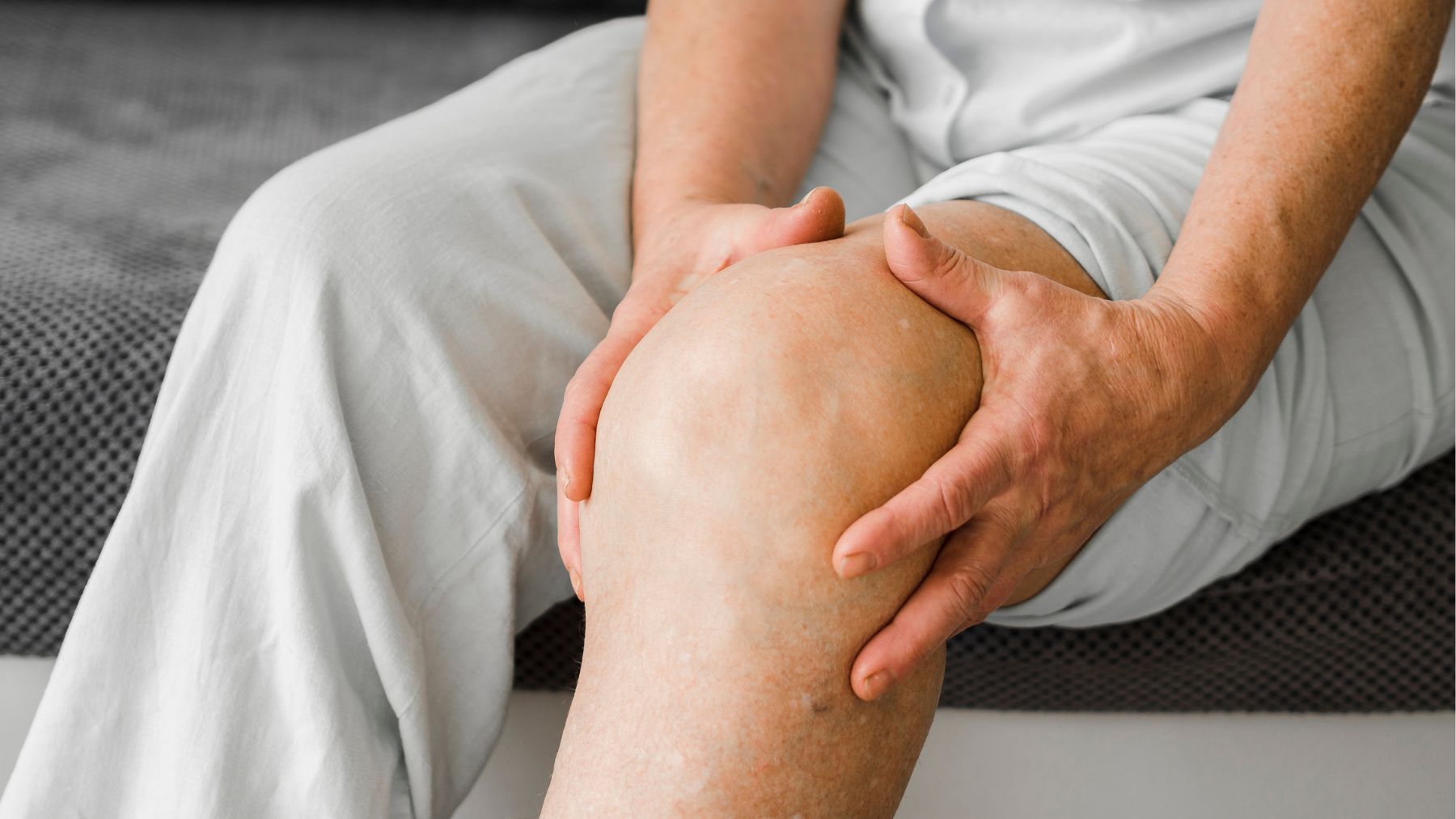Knee osteoarthritis affects millions of adults, often leaving them choosing between pain medication or surgery. But new research offers hope for a less invasive treatment option. A recent placebo-controlled clinical trial found that low-dose radiation therapy may provide meaningful pain relief and improve mobility in people with mild to moderate osteoarthritis — without the risks tied to drugs or joint replacement.
The findings come from a randomized, placebo-controlled clinical trial conducted across three medical centers in Korea, presented at the American Society for Radiation Oncology (ASTRO) 2025 Annual Meeting. The study showed that a short series of radiation sessions, at doses far lower than those used in cancer therapy, significantly reduced knee pain after four months.
How low-dose radiation could help with osteoarthritis pain
Patients who received the higher radiation dose showed marked improvement compared with those who received sham (placebo) treatment. In this group, 70% met responder criteria, meaning they reported significant progress in at least two areas: pain, physical function, and overall condition. By contrast, only 42% of the placebo group experienced similar results.
The group that received an even smaller dose, did not show a statistically significant difference compared to placebo. This finding suggests that the therapeutic effects depend on a minimum dose threshold to trigger meaningful relief.
Importantly, no radiation-related side effects were reported. According to Dr. Byoung Hyuck Kim, principal investigator and assistant professor of radiation oncology at Seoul National University College of Medicine, Boramae Medical Center, this approach could offer a safe “middle ground” for patients struggling with chronic knee pain.
A conservative alternative to medication and surgery
“People with painful knee osteoarthritis often face a difficult choice between the side effects of pain medications and the risks of joint replacement surgery,” Dr. Kim explained. “There’s a clear need for moderate interventions between weak pain medications and aggressive surgery, and radiation may be a suitable option — especially for those who can’t tolerate drugs or injections.”
Osteoarthritis — the most common form of arthritis — affects more than 32 million U.S. adults, typically damaging the cartilage that cushions the ends of bones. Over time, this leads to stiffness, swelling, and reduced mobility. Early management focuses on weight control, physiotherapy, and over-the-counter pain relief. Surgery is often considered when symptoms severely limit daily life.
The trial highlights a new possibility for patients who fall between these extremes — those with ongoing discomfort but without severe joint destruction.
A therapy with a misunderstood reputation
While low-dose radiation therapy is already used to treat joint pain in several European countries, including Germany and Spain, it remains underrecognized elsewhere. “There is a misconception that therapeutic radiation is always high-dose,” Dr. Kim said. “But for osteoarthritis, it’s only a small fraction of what’s used for cancer — less than 5% — and the treated joints are far from vital organs.”
In this study, participants underwent six sessions of either real or simulated radiation, without knowing which they received. Other pain relievers were restricted to acetaminophen during the four-month follow-up, ensuring that results weren’t masked by medication use.
The study’s placebo-controlled design allowed researchers to distinguish real therapeutic effects from placebo responses — which can be strong in osteoarthritis research. About 40% of patients in the placebo group improved, consistent with rates seen in prior trials of medications or injections.

